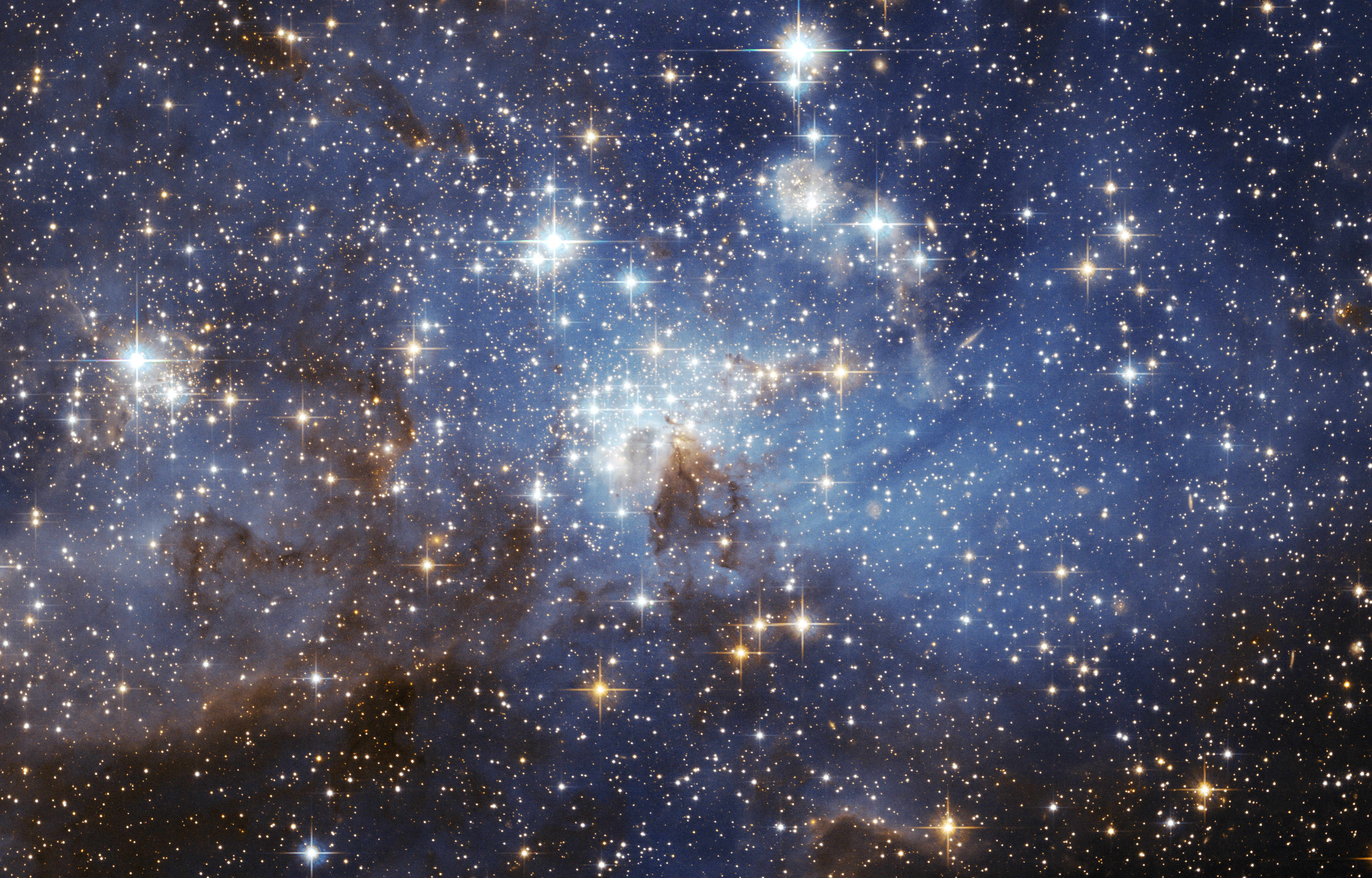That's gasoline with oxygen in a car engine. Complete combustion releases only carbon dioxide and water and that's why your exhaust pipe drips - it's the condensation of a reaction product, not water in the gas or rain water from the last hurricane.
But that process won't work for the sun. Oxygen supply is a problem. Fuel is a problem. The best it could do under perfect conditions is a few thousand years. Maybe. But it just won't work.
And we knew it. Scientists had no idea where the energy that powered the sun came from until about 1920. And the average person has no clue either.
Chemical processes are all about the electrons - sharing, trading, transferring, repelling.
Nuclear processes have nothing to do with electrons. Focus on that teeny tiny part of the atom that you basically ignored in chemistry class - the nucleus. It has almost all the mass, takes up almost no space, and is freed from its confining electrons in the plasma at the sun center.
The hydrogen nuclei (free protons), moving at unimaginably high speeds, collide with each other constantly and sometimes (rarely) combine to form larger nuclei. This process continues in our sun until helium nuclei are formed. The most famous equation in the world governs the energy production since matter is converted into energy.
Without quantum physics, however, even that wouldn't happen since at the fusion core of the sun, it's not hot enough to make the nuclei move fast enough to overcome the proton to proton repulsion.
So the sun ain't no "ball of fire." It's a huge nucleosynthesizer that fuses hydrogen into helium, converts tiny bits of mass into huge amounts of energy, and keeps us toasty in summer.









